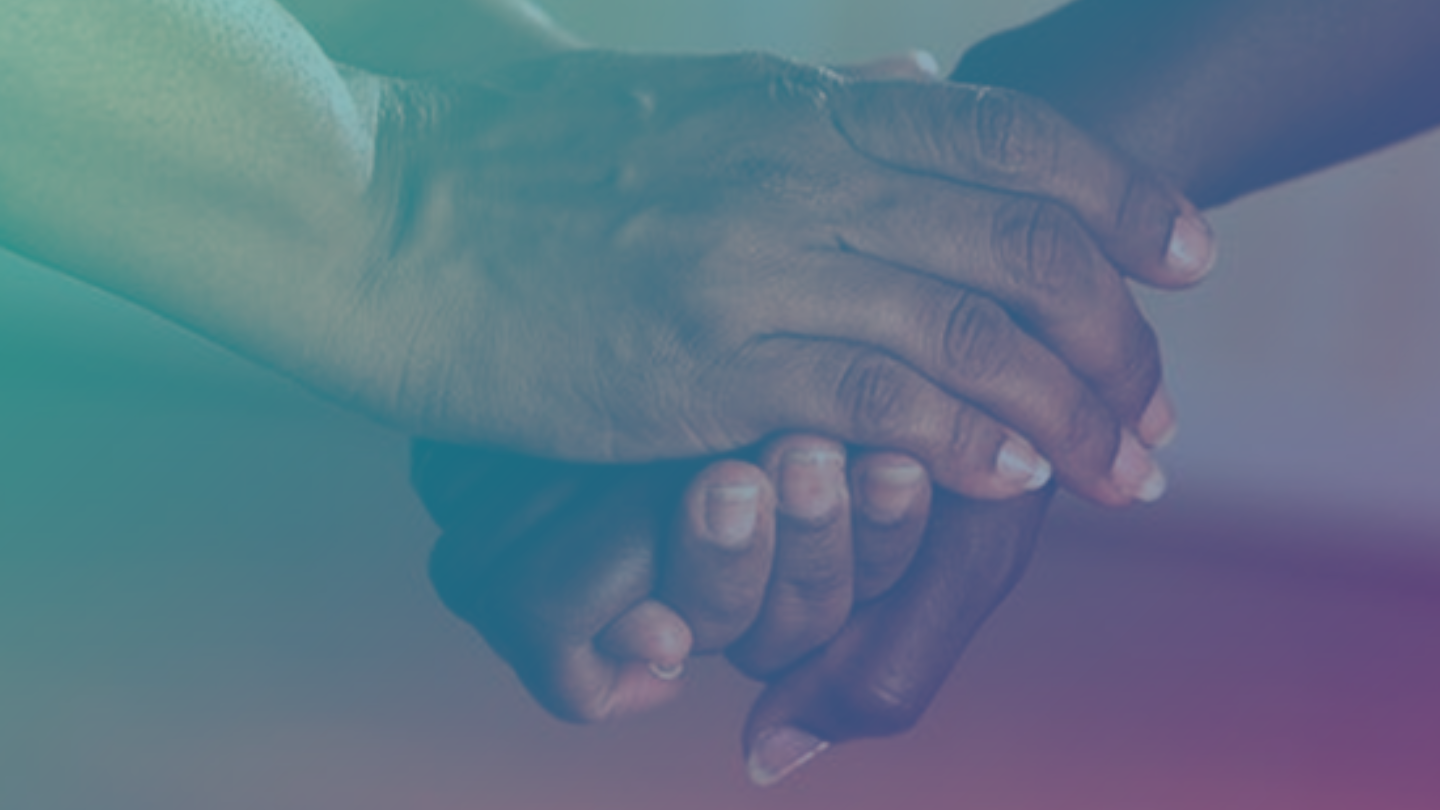Let us not seek to satisfy our thirst for freedom by drinking from the cup of bitterness and hatred. — Dr. Martin Luther King, Jr.
As the United States celebrated Martin Luther King Jr. Day last January 17, we are reminded of the significance of non-violent actions to initiate change. We have seen how violence can lead to significant upheavals, but in the long run it results in resentment and retaliation.
The Bible has this significant story of violent change. After the great flood during the time of Noah that destroyed everything, a covenant was established that it will never happen again (Genesis 9:11-16). This suggests that any violent action may produce immediate change, but there could be long-term consequences.
Dr. King was a powerful speaker, someone whose influence went way beyond his living years. We all impact other people’s lives, and we can make a difference. This was the sentiment of his attitude towards painful upheavals, and he realized that gentle change is more powerful in producing results.
At a time when the black people of the United States were considered as second-class citizens, his “I Have a Dream” speech resonated with everyone who has ever been bullied and discriminated upon. In medical care, this includes those who no longer have the capacity to choose treatment, those who cannot afford, and those who no longer have a good chance of survival.
Doing what is right for others must be entwined in our being. With the growing challenges of the pandemic, there still exists inequality in some fronts. Some are not able to access vaccines. Others still refuse to be vaccinated. We know that recently, even world-class athletes have been in the limelight as they insist on their own questionable beliefs. But we who believe in science plod on, continuing to pursue excellence with the dream of providing a better life for others.
Everyone can make a difference. We are influencers. Our inner circle can alter the behavior of others. Our decisions can change lives. In deciding to change behavior through gentleness and compassion, we may produce slower outcomes, but they last longer. There is no resentment afterwards.
In the Philippines, we can now see how palliative and hospice care has gone a long way in promoting human dignity. When I was a student before the turn of the millennium, a DNR in a patient’s chart meant “Do Not Resuscitate”. It also meant “Do Nothing, Really”. These patients, from being monitored on an hourly basis, were suddenly dropped like hot potatoes. Medications stopped. Visitations became less frequent. Students liked to have these patients, for there was no longer anything to carry out for them.
But through the introduction of compassionate care in the medical curriculum, the landscape started to change. There were no violent protests that led to this change. It was led through example. Then it gained ground. Today, medical futility is viewed in a different light. Medical specialists recognize its reality on all fronts. There is still some resistance, as some sectors still adhere to saving lives at all costs. But aggressive CPR is a violent way to go for the terminally ill. There is a better way to say goodbye. It lies in a silent touch, a gentle whisper, a compassionate wave.



